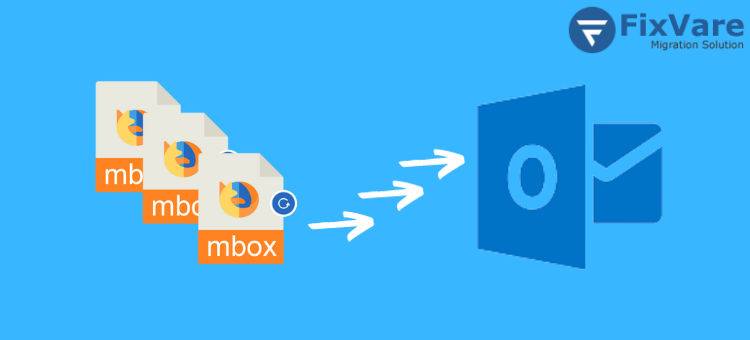Comprehensive Guide for Building Mobile Apps Faster with Low-Code Development

The demand for mobile applications constantly grows in today’s fast-paced digital environment. Traditional app development, however, can take a lot of time and resources. Enter low-code development, a paradigm-shifting methodology that enables developers at mobile app development company in Dallas to build mobile apps with previously unheard-of speed and simplicity. This tutorial delves into low-code mobile app development and examines its advantages and best practices.
What is Low-Code Development?
Low-Code Development is a software development approach that allows developers to create applications with minimal hand-coding, using visual interfaces and pre-built components. Low-code development aims to simplify and speed up the application development process, enabling both professional developers and non-technical users (also known as “citizen developers”) to build software applications more efficiently.
Key Characteristics of Low-Code Development
Visual Development: Low-code platforms frequently provide visual development tools like drag-and-drop user interfaces, flowcharts, and form builders that let developers define an application’s functionality without writing much manual code.
Pre-Built Components
These platforms offer a library of simple pre-made modules, components, and templates to incorporate into the application. Building new code is unnecessary because these components handle typical operations like user authentication, database interactions, notifications, and more.
Abstraction of Complexity
Low-code platforms provide higher-level abstractions that protect developers from dealing with low-level coding and implementation concerns by abstracting away a lot of the underlying technological complexity. This enables them to concentrate more on the application requirements and business logic.
Automated Backend Integration
The numerous built-in connectors and APIs that many low-code platforms provide to integrate with various backend systems, services, and databases streamline the application’s connection with external resources.
Rapid Iteration and Deployment
Faster development cycles are made possible by the simplicity of visual development and the utilization of pre-built components. This enables developers to launch new program versions swiftly, receive feedback, and iterate.
Cross-Platform Support
Some low-code platforms enable developers to create applications that can run on multiple platforms (e.g., web, mobile, desktop) with minimal adjustments, saving development time and effort.
Advantages of Low-Code Development
Low-code development is particularly beneficial for building relatively simple applications, such as internal tools, business process automation, content management systems, and customer-facing apps with standard features. Low-Code Development offers numerous advantages, making it a popular choice for building applications. Here are some of the key benefits:
Faster Development Time
Low-code platforms enable developers to create applications much more quickly than with conventional coding techniques by offering visual development tools, pre-built components, and automatic backend integration. The development process is substantially sped up by the use of visual interfaces and drag-and-drop functionality, which reduces the need to write a lot of code manually.
Reduced Complexity
Low-code platforms enable developers to concentrate more on business logic and application needs rather than dealing with low-level technological specifics because the underlying difficulties are abstracted. Thanks to this simplification, Both seasoned and amateur developers with little to no coding knowledge can now access development.
Cost-Effective
Low-code development can save costs by shortening the development process and eliminating the need for costly bespoke coding. It’s an appealing choice for companies of all sizes since they can accomplish more with fewer resources.
Agility and Flexibility
Low-code platforms make Rapid iteration and deployment possible, making it simpler to adjust to shifting company needs and client input. Thanks to their agility, businesses can maintain their competitiveness and react rapidly to market demands.
Empowering Citizen Developers
Low-code development enables citizen developers, or non-technical individuals, to participate in creating applications. These consumers can build straightforward applications themselves, easing the pressure on IT staff and encouraging innovation across the board.
Enhanced Collaboration
Low-code development encourages cooperation between business stakeholders and teams, thanks to visual development tools and streamlined procedures. Better outcomes result from improved communication and understanding of project needs.
Standardization and Reusability
The libraries of pre-built components and templates that low-code platforms frequently offer to promote uniformity and code reuse across many applications. By utilizing pre-existing modules, developers can reduce duplication and accelerate their work.
Best Practices for Low-Code Development
When engaging in low-code development, following best practices can help ensure the success of your projects and optimize the benefits of using low-code platforms. Here are some key best practices to consider:
Identify Appropriate Use Cases
Recognize low-code platforms’ advantages and disadvantages. Choose use cases that fit low-code development, such as creating straightforward internal tools, prototyping, or programs with predefined functionality. Traditional coding techniques may be better appropriate for more intricate and customized applications.
Design and Plan Before Development
Spend time planning and designing before beginning development. Clearly define the project’s requirements, user stories, and objectives. A well-thought-out plan will promote quicker development and reduce the possibility of changes later.
Select the Proper Low-Code Platform
Various low-code platforms provide a range of functionality, scalability, and integration possibilities. Compare various platforms to determine which one best satisfies your project’s requirements, security requirements, and long-term goals.
Encourage IT and business cooperation
Encourage cooperation between development teams and corporate stakeholders. Participating non-technical users in the development process can better fit the application’s functionality and business requirements.
Adhere to the principles of modular development
Divide your application into easily reusable, modular components. Application consistency and maintainability are increased because of the promotion of code standardization and reuse in modular development.
Keep Security and Compliance in Mind
Check that your low-code applications have security mechanisms. User authentication, permission constraints, and data encryption are necessary to protect sensitive information. Additionally, abide by applicable data protection laws and standards.
Test carefully
Perform extensive testing, including user acceptance, integration, and unit testing. This lessens the possibility of final product flaws by identifying and fixing problems early in the development phase.
Boost Performance
Pay close attention to performance improvement. Although low-code platforms abstract many complications, ineffective code or bad design decisions can nevertheless impact an application’s performance. To ensure responsiveness and scalability, optimize your database queries and source code.
Keep an Eye on Scalability
Determine the scalability needs for your application early on. Make sure the low-code platform can handle additional demand and traffic by planning for future development.
Conclusion
In conclusion, low-code development presents a convincing approach for quickly creating simpler and more effective applications. Organizations may shorten development cycles and react rapidly to changing business needs by utilizing visual development tools, pre-built components, and seamless integration. Thanks to the collaboration between business stakeholders and development teams, applications are closely aligned with user needs. To effectively address certain use cases, it is essential to thoroughly assess the project’s suitability and choose the appropriate low-code platform. Following best practices, such as careful planning, comprehensive testing, and security precautions, enables developers to fully utilize low-code development and produce high-caliber products that promote corporate expansion.



